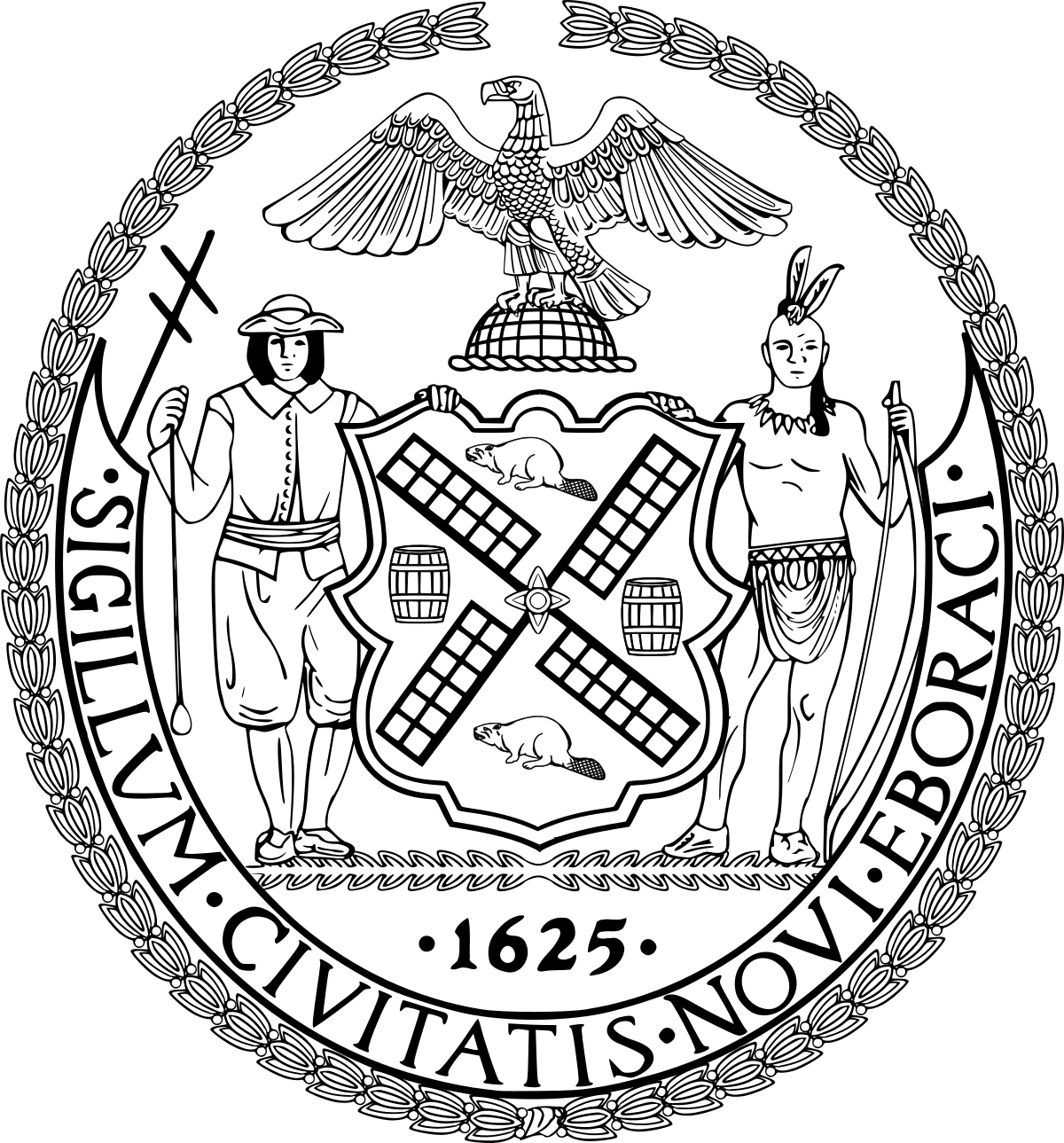1st Bank of New York
The shipping industry in New York City chafed under the lack of a bank, and investors envied the 14% dividends that Bank of North America paid, and months of local discussion culminated in a June 1784 meeting at a coffee house on St. George's Square which led to the formation of the Bank of New York company; it operated without a charter for seven years. The initial plan was to capitalize the company with $750,000, a third in cash and the rest in mortgages, but after this was disputed the first offering was to capitalize it with $500,000 in gold or silver. When the bank opened on June 9, 1784, the full $500,000 had not been raised; 723 shares had been sold, held by 192 people. Aaron Burr had three of them, and Hamilton had one and a half shares. The first president was Alexander McDougall and the Cashier was William Seton.
The bank was instrumental in securing the first loan obtained by the United States.
1784 - Jun-9 Its first offices were in the old Walton Mansion in New York City.
1787 - it moved to a site on Hanover Square that the New York Cotton Exchange later moved into.
The bank provided the United States government its first loan in 1789. The loan was orchestrated by Hamilton, then Secretary of the Treasury, and it paid the salaries of United States Congress members and President George Washington.
The Bank of New York was the first company to be traded on the New York Stock Exchange when it first opened in 1792.
1796 - The bank moved to a location at the corner of Wall Street and William Street, which would later become 48 Wall Street. The bank had a monopoly on banking services in the city until the Bank of the Manhattan Company was founded by Aaron Burr in 1799; the Bank of New York and Hamilton vigorously opposed its founding. During the 1800s, the bank was known for its conservative lending practices that allowed it to weather financial crises. It was involved in the funding of the Morris and Erie canals, and steamboat companies.
The bank helped finance both the War of 1812 and the Union Army during the American Civil War. Following the Civil War, the bank loaned money to many major infrastructure projects, including utilities, railroads, and the New York City Subway.

